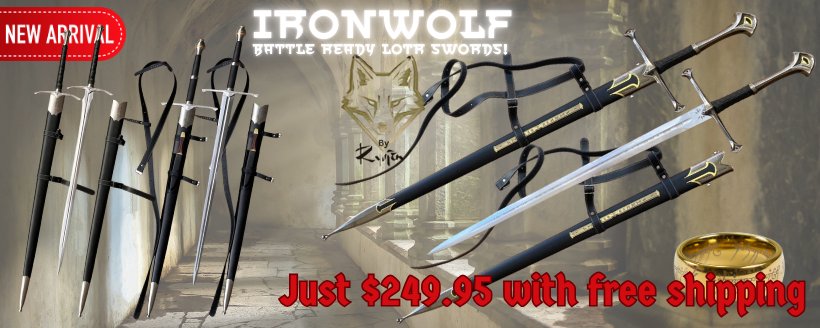Functionality of these swords.
QUESTION: I've watched the tests you have put these swords up to and some of them fair quite impressive, but I still have a few questions about them. One main sword in particular, the Tenchi, since it seems to be either the best or one of the best that you mention that can withstand quite a beating.
My main question is, "Exactly HOW close are these swords to a true Katana?" I don't necessarily mean, close to an antique rather or how they were made, but how well do they hold up in functionality.
I guess, when it boils down to it, I'm saying we've seen these things put to the test against other blunt objects, but how well would they hold up to another sword. Of course, if you spend tons of money you can get one's made way better, but how well would these hold overall?
The thing is, I don't mind at all having a sword that wasn't made from some famous smith that has been doing it as a family tradition for many years, etc. The only thing I know for sure I want is something with good enough quality that it's worthy of being called a sword.
Any suggestions as to whether the Tenchi is right for what I want, or something higher priced, etc would be appreciated.
ANSWER: Actually, the thing is - traditional Japanese swords do not hold up so well when going 'head to head' against another sword. At best, a traditional Katana will get chipped and bent, at worst, broken in half.
No Katana, even these ones, can defy the basic laws of physics. So if you have two equally hard swords hitting each other - something will have to give...
Which is why in the Japanese sword arts, the emphasis is placed on body positioning (dodging/slipping/sidestepping) or deflection (often with the spine/mune of the sword), rather than edge to edge, which you would do only as a last resort to avoid getting cut.
Real sword fighting is so different from Hollywood or Manga portrayals - and more info will be coming on this soon. :-)
- Paul
Join in and write your own page! It's easy to do. How? Simply click here to return to Ask Questions.

Buying Swords Online Can Be DANGEROUS!
Find the Best Swords in the:
Popular & Recommended ARTICLES

The ONLY true free online magazine for sword enthusiasts. Delivered once a month on the 1st day of the month, no filler and no BS, just the latest sword news & info delivered straight to your inbox.













